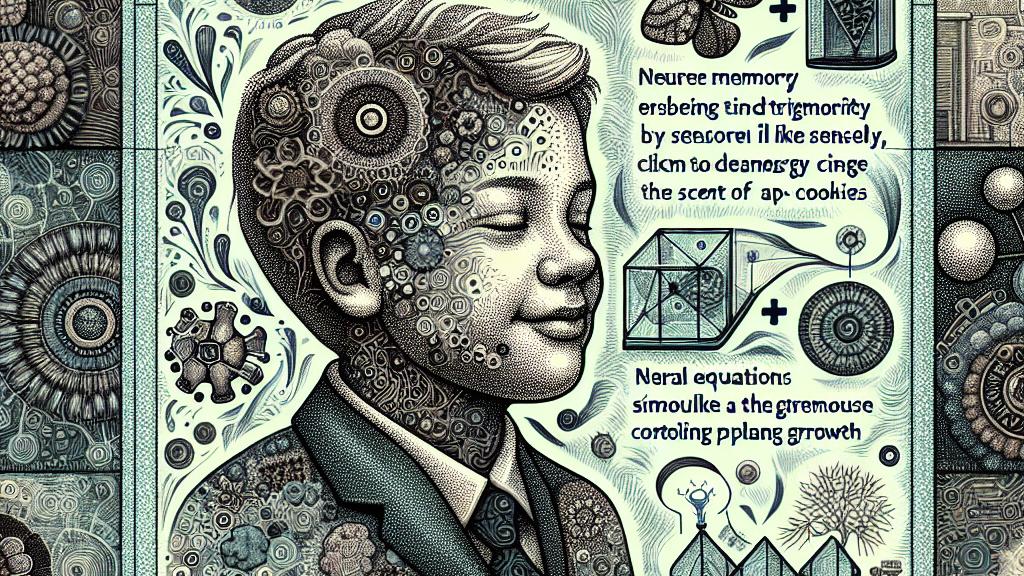Exploring Associative Memory and Dead Neurons in Neural Dynamics
Overview
- Associative memory is fundamental in both biological and artificial intelligence systems, enabling efficient data retrieval.
- The presence of dead neurons poses significant challenges, impacting energy dynamics and overall stability.
- Emerging solutions aim to redefine system dynamics and uncover stable states, leading to improved neural performance.

A Closer Look at Associative Memory
At its core, associative memory offers a captivating lens through which we can understand both human cognition and artificial intelligence. Imagine you’re trying to recall a childhood memory triggered by the scent of fresh cookies; this process resembles how associative memory operates. Researchers like Dmitry Krotov and John Hopfield have brilliantly articulated methods to construct neural ordinary differential equations. These equations ensure that the energy remains stable, akin to the controlled environment of a greenhouse that nurtures plant growth. Their groundbreaking work has produced direct implications for not just theoretical neuroscience, but practical AI applications. By mimicking the fluidity of human memory, we can develop AI systems capable of making connections, learning, and adapting in ways that resemble our own cognitive processes.
Unpacking the Dead Neuron Dilemma
However, we find ourselves facing a formidable obstacle—the dysfunction of dead neurons. Picture navigating a long, winding road only to encounter sections that are completely blocked; dead neurons create similar dead ends in our neural networks. These inactive regions introduce flat areas in the state space, where energy levels stagnate and information flow halts. Recent studies highlight this issue vividly, showing that dead neurons disrupt the neural feedback loop and inhibit effective learning. The challenge, therefore, is not merely an abstraction but a real barrier to progress. Recognizing and addressing these flaws, akin to unblocking a congested highway, is crucial for maximizing the potential of neural systems. Only by overcoming these hurdles can we hope to achieve the seamless operation that associative memory promises.
Innovative Pathways for Enhanced Stability
To effectively mitigate the negative impact of dead neurons, researchers are pioneering innovative solutions that reanalyze existing systems. By utilizing the Hessian matrix, akin to a specialized tool that reveals intricate details within a landscape, scientists can derive diverse Lyapunov functions that skirt around the complications dead neurons present. This method not only allows for a clearer understanding of neural dynamics but also facilitates the generation of new neurons—essential for cognitive health and resilience. Just as a garden thrives with proper care and nutrients, so too can neural systems flourish when we apply these advanced insights. Furthermore, this research holds the tantalizing promise of advancing therapeutic strategies to combat cognitive decline due to neurodegenerative diseases. As the future unfolds, we stand on the brink of breakthroughs that could enhance both artificial intelligence and our understanding of human cognition, unlocking a treasure trove of possibilities.

Loading...